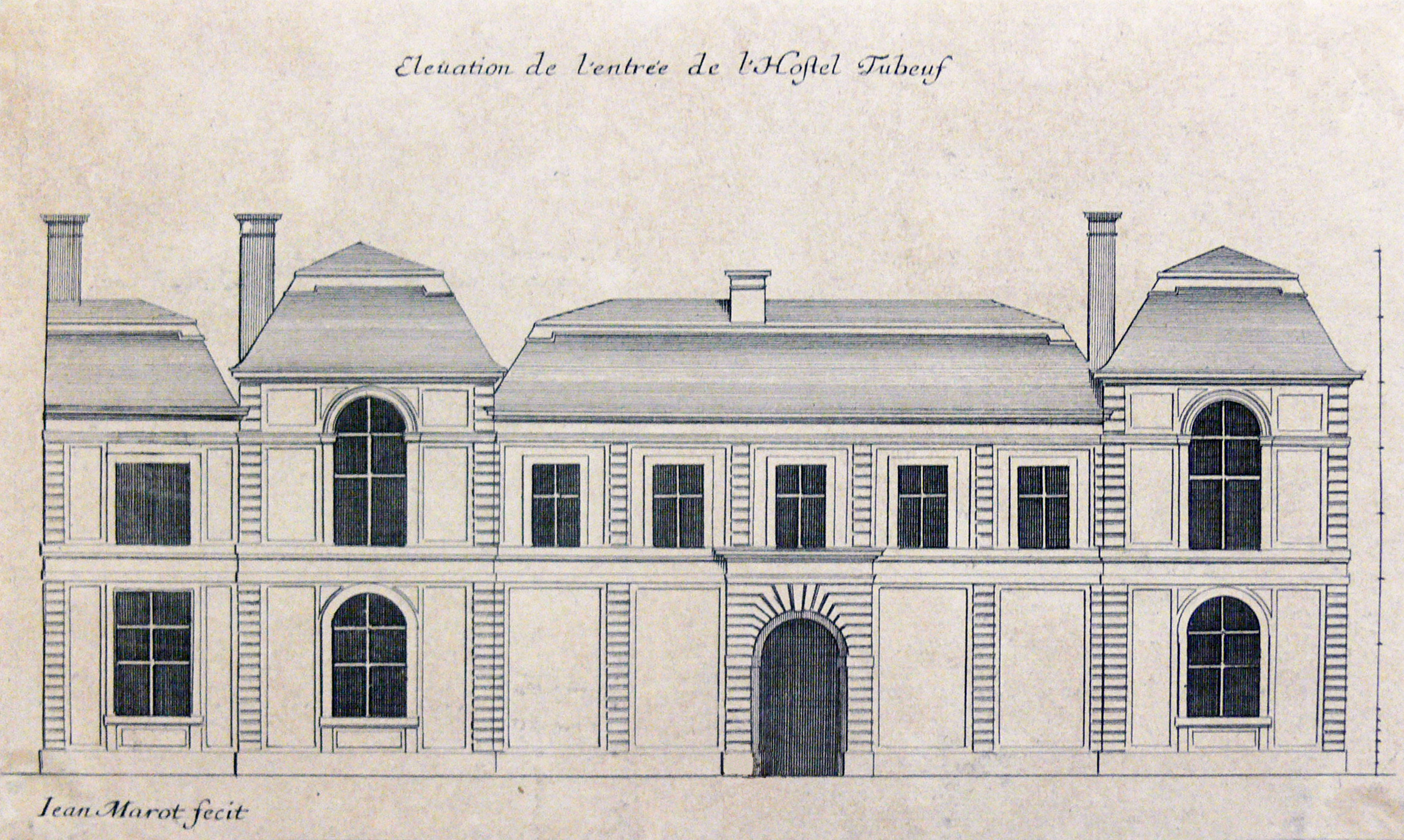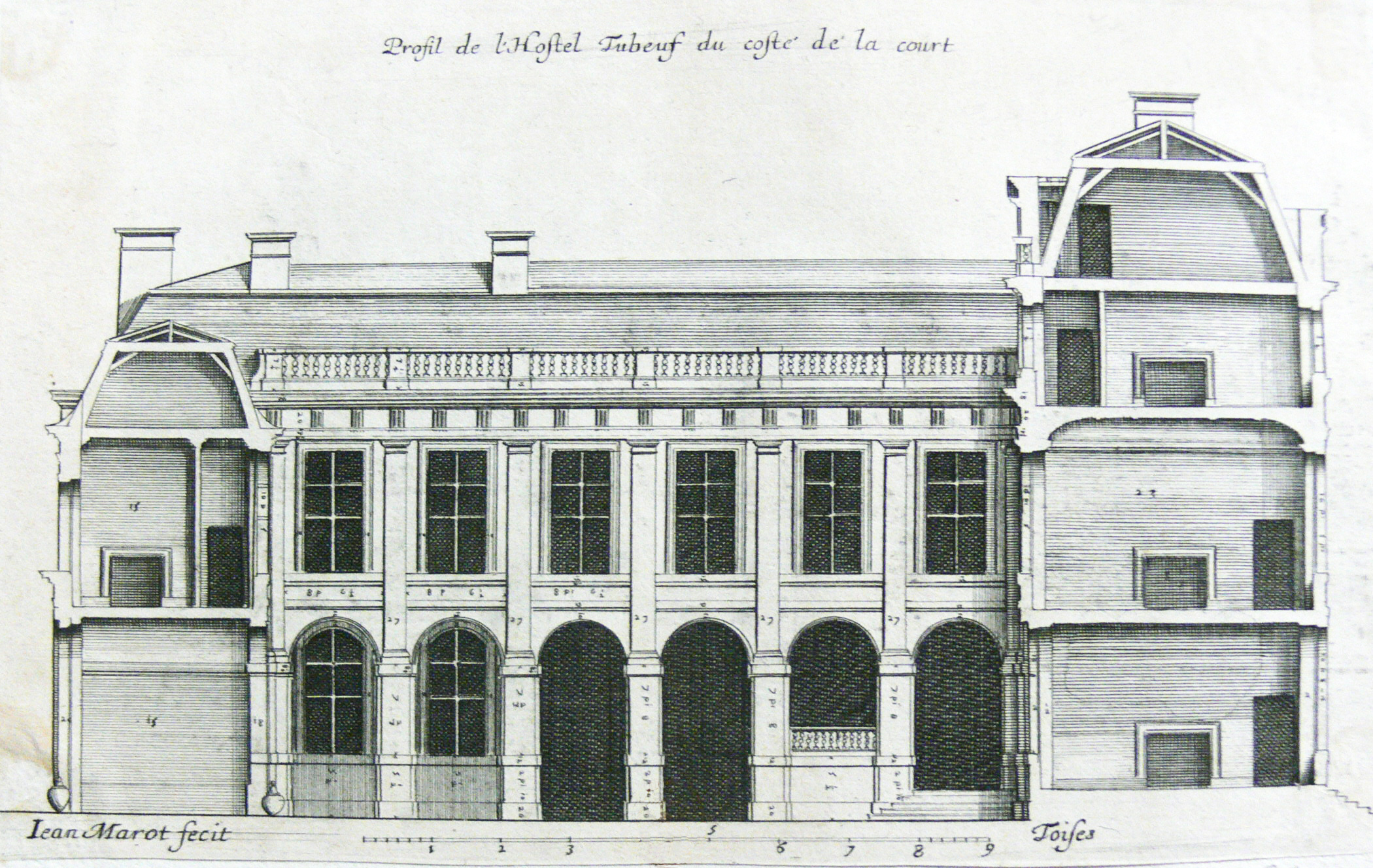Smallpox (referred to as "the speckled monster" by an English contemporary) was without doubt one of the most feared diseases of the Ancien Regime and with good reason. Everyone could catch "the pox" and there was no known cure for it.
During Louis XIV's reign smallpox had overtaken the plague, syphilis and leprosy as the leading cause of death in Europe. Paris was seized by epidemics in 1719 and 1723.
By the early 18th century 400.000 people died each year in Europe (the number is not counting Russia) of smallpox and every 10th child in France died due to the disease in this period. Of those infected about 30 % died and even if you were fortunate enough to survive there was another side effect. One that might mean more to the courtiers than to the common person: pockmarks. Just about 65-80 % of those who survived had quite obvious pockmarks which were usually dominant on the patient's face. Often this would mean the ruin of a young lady looking to get married. Marie Antoinette's sister, Maria Elisabeth, was one such lady who was celebrated for her looks until she contracted smallpox which left her permanently scarred; she was then withdrawn from the marriage market and died unmarried.
 |
This is a pretty good example of the kind
of scars smallpox would leave |
Blindness was another side effect that seemed to be predominant with patients of smallpox in the 18th century. According to records of the time about a third of those who survived the illness became blind.
There was no actual cure for the sickness but by the 17th century it was widely accepted that the disease spread through personal contact which meant that people were usually encouraged to stay away from patients sufferings from the illness. Louis XIV was - reluctantly - persuaded not to go and see the Duchesse de Conti when she suffered from the illness. After the death of Louis XV Versailles was abandoned for a time in favour of the other châteaux for fear that smallpox would be lingering.
 |
Edward Jenner, the Brit who invented the smallpox
vaccine |
As said, no cure was known for some time. Before the inoculation (read below) was introduced to Europe there was little to be done about it. Doctors would - even after the inoculation - blame the disease on "miasma" which was "bad air" and an excessive diet. Isolation seemed to be the only way to at least try to contain the illness.
It had been noted that those who had once had smallpox could not be infected again which gave birth to a new idea. It was during the first part of the 18th century that so-called inoculation emerged which was a sort of vaccination. The doctor would take a "sample" of puss from an infected person and would then introduce it to a person who had not had the disease (usually a leg or an arm were chosen). In this way it was hoped that the patient's body would ride out the illness and would then be immune.
 |
| Collection of inoculation tools and a drawing of a patient |
Of the French court there were many deaths due to smallpox, the foremost being the death of Louis XV. Beside Louis XV, five other reigning monarchs succumbed to the disease in the 18th century: Mary II of England, Emperor Joseph I of Austria, Luis I of Spain, Ulrike Eleonora of Sweden and Peter II of Russia. To give an impression of how the court was infected by the disease here is a list of some of the French courtiers and royals who had or died from smallpox.
Deaths from smallpox:
Louis XV
Louis Armand, Prince de Conti
The Grand Dauphin
The Duchesse d'Olonne
Madame d'Armenonville
Marie Charlotte de La Tour d'Auvergne, Princesse de Beauvau
Gaston de Lorraine, Comte de Marsan
Jules de Rohan, Prince de Soubise
Louis Joseph de Lorraine, Duc de Guise
Anne Julie de Melun, Princesse de Soubise
Marie de Rabutin-Chantal, Marquise de Sévigné
Duc de Bourgogne (father of Louis XV)
Courtiers with smallpox:
Marie Anne de Bourbon, Princesse de Conti
Louise Françoise de Bourbon, Duchesse de Conti
The Duc de Saint-Simon
.svg/250px-Crown_of_a_Prince_of_the_Blood_of_France_(variant).svg.png)










,_Grand_Prior_of_the_Knights_of_Malta_in_France.jpg)

,.jpg)


































